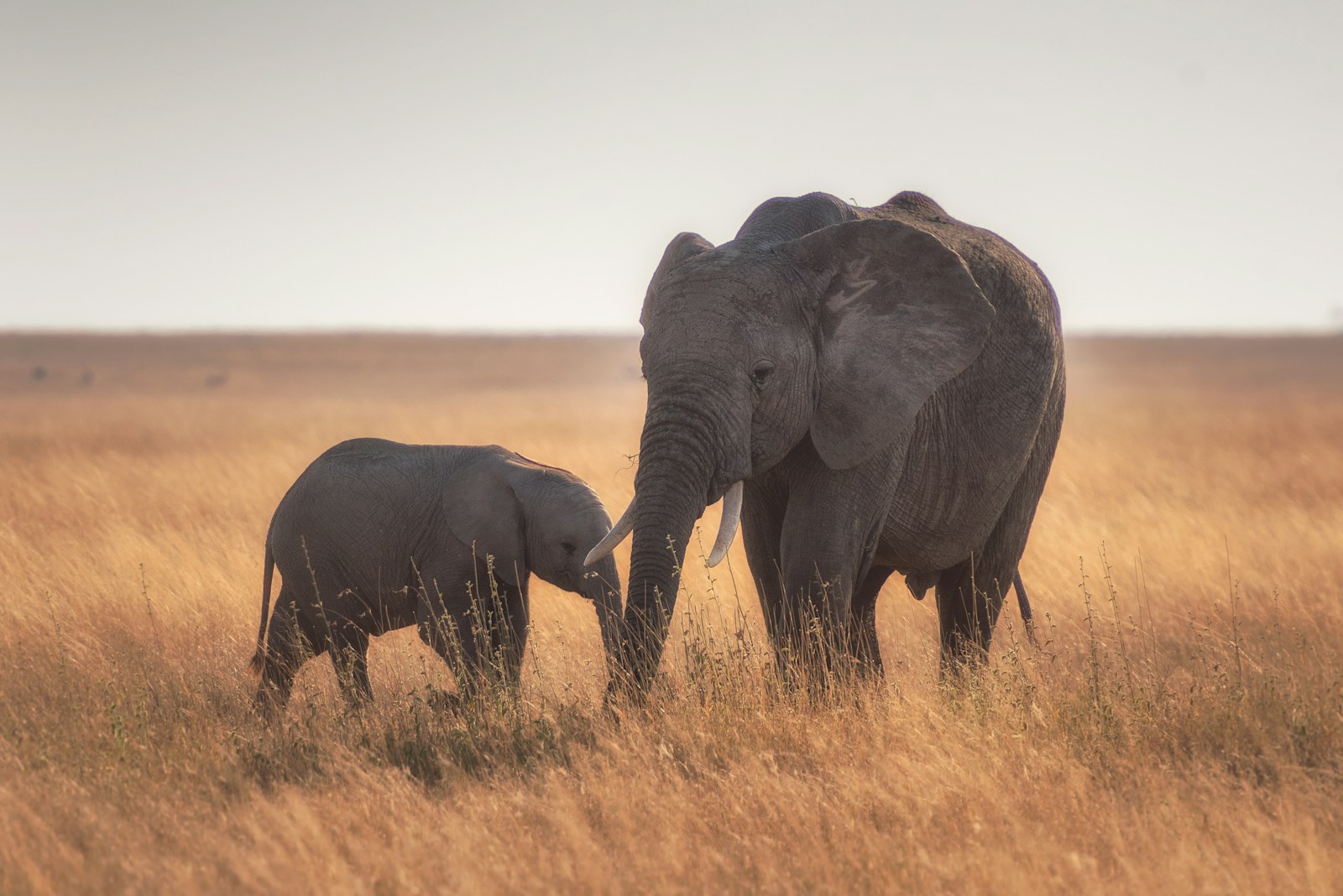Serengeti National Park: A Journey Through the Heart of Africa’s Wilderness
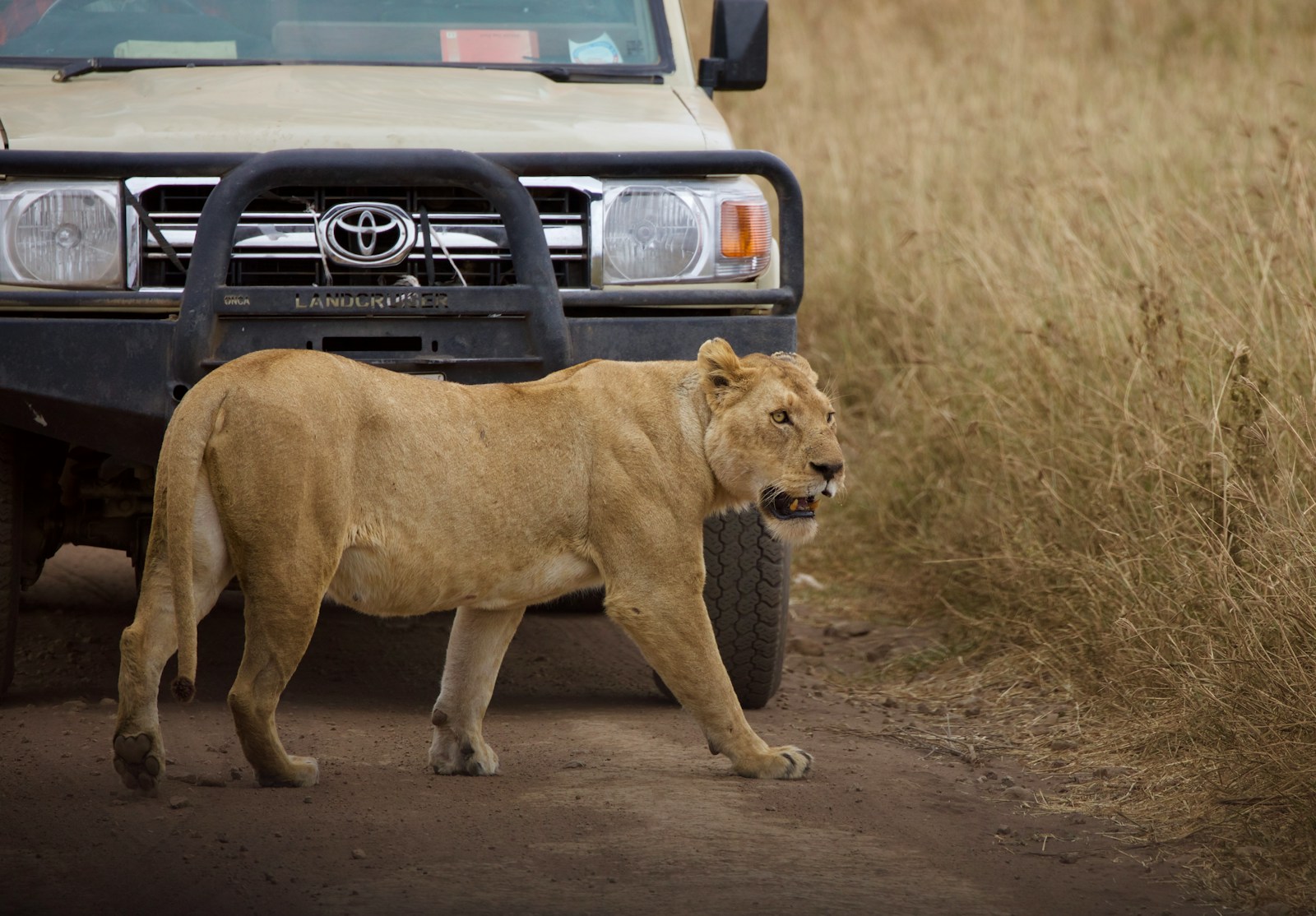
Serengeti National Park: A Journey Through the Heart of Africa’s Wilderness
Serengeti National Park, a vast and untamed wilderness, stands as one of the world’s most renowned natural reserves. Located in northern Tanzania, this iconic park is synonymous with the quintessential African safari experience. Spanning an impressive 14,763 square kilometers, the Serengeti is a treasure trove of diverse ecosystems, teeming with wildlife, and rich in natural beauty. This blog explores the Serengeti’s unique landscapes, its incredible biodiversity, and the unforgettable experiences it offers to those who venture into its heart.
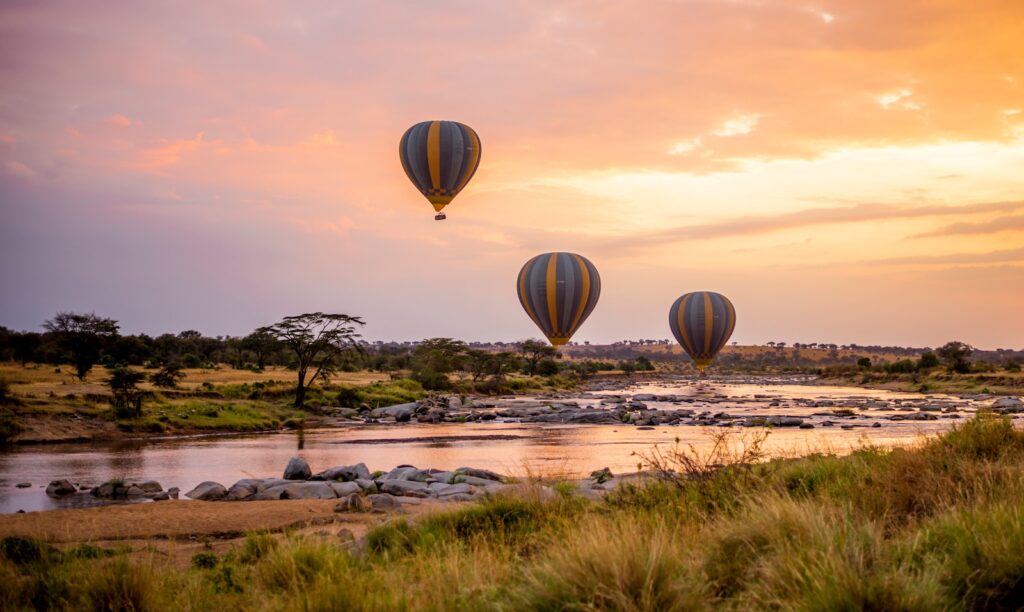
A Landscape of Infinite Beauty
The Serengeti’s name, derived from the Maasai word “Siringet,” means “endless plains,” a fitting description for the park’s expansive grasslands that seem to stretch infinitely. These plains are the defining feature of the Serengeti and are a key reason why the park is such an extraordinary place. The landscape is characterized by vast, open savannas dotted with acacia trees, kopjes (granite outcrops), and riverine forests. The seemingly boundless horizon is broken only by the occasional silhouette of a baobab tree or a herd of grazing wildebeest.
The park’s diverse ecosystems are shaped by its unique topography and climate. The central Serengeti, known as the Seronera Valley, is a lush area with abundant water sources, making it a year-round haven for wildlife. In contrast, the western corridor is dominated by dense woodlands and the Grumeti River, which provides a vital water source during the dry season. To the north, the landscape transforms into the Lamai Wedge, a remote area characterized by rolling hills and open grasslands. The varied terrain not only offers breathtaking views but also supports a wide range of flora and fauna.
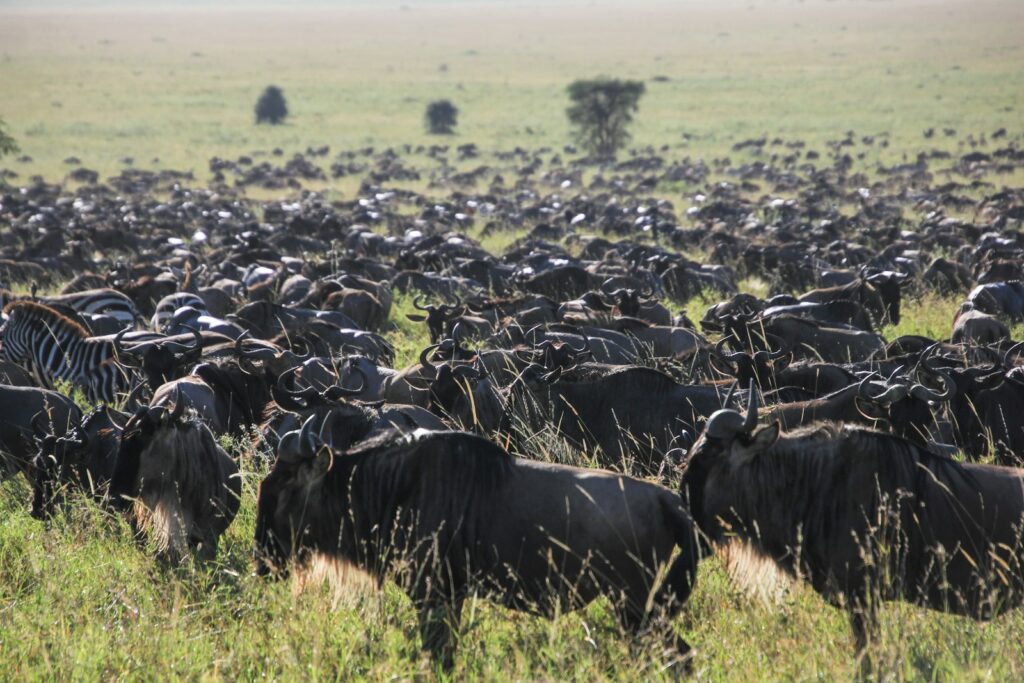
The Great Migration: Nature’s Grand Spectacle
One of the most remarkable natural events on Earth takes place in the Serengeti: the Great Migration. This annual phenomenon involves the movement of over 1.5 million wildebeest, along with hundreds of thousands of zebras and gazelles, as they traverse the Serengeti in search of fresh grazing grounds. The migration is driven by the changing seasons and the animals’ instinctual need to find food and water. It is a continuous cycle of life, death, and renewal, with predators like lions, cheetahs, and crocodiles following the herds, making for dramatic scenes of predator-prey interactions.
The migration typically begins in the southern Serengeti, where the wildebeest calve in the nutrient-rich plains of the Ndutu region. This period, which occurs from January to March, is a time of plenty, with lush grasses providing nourishment for the newborn calves. As the dry season sets in, the herds move northward, crossing the treacherous Grumeti and Mara rivers, where they face the perilous task of avoiding crocodile-infested waters. The migration reaches its climax in the northern Serengeti and the Masai Mara in Kenya, where the herds disperse across the plains before eventually returning south as the cycle begins anew.
Witnessing the Great Migration is a once-in-a-lifetime experience that draws wildlife enthusiasts from around the world. The sheer scale of the migration, combined with the dramatic landscapes and diverse wildlife, creates a spectacle that is both awe-inspiring and humbling.

The Big Five and Beyond: Wildlife Diversity
The Serengeti is home to an astonishing variety of wildlife, making it a premier destination for safari enthusiasts. The park is famous for hosting the “Big Five” — lions, elephants, leopards, buffalo, and rhinos — although rhinos are rare and primarily found in the park’s northern regions. Lions are particularly abundant in the Serengeti, and the park is known for its large prides that roam the open plains. The Seronera Valley, in particular, is a hotspot for lion sightings, where visitors can observe these majestic predators in their natural habitat.
Leopards, elusive and solitary, are often spotted lounging in the branches of acacia trees, while the massive African elephants can be seen grazing in the park’s woodlands and near water sources. The buffalo, with their imposing horns, are commonly found in large herds, and though rhino sightings are rare, they are a treasured experience for those lucky enough to encounter these critically endangered creatures.
Beyond the Big Five, the Serengeti boasts an incredible array of other wildlife species. Cheetahs, renowned for their speed, are frequently seen hunting on the open plains, using their incredible acceleration to take down prey. The park is also a haven for birdwatchers, with over 500 bird species recorded, including the striking lilac-breasted roller, the majestic African fish eagle, and the elusive secretary bird.
Herbivores like giraffes, zebras, and various antelope species, including impalas, elands, and topis, are ubiquitous throughout the park. The diversity of herbivores supports a complex food web, with predators such as hyenas, jackals, and vultures playing crucial roles in the ecosystem. The Serengeti’s biodiversity is not only a testament to the region’s ecological richness but also a vital component of its tourism appeal.
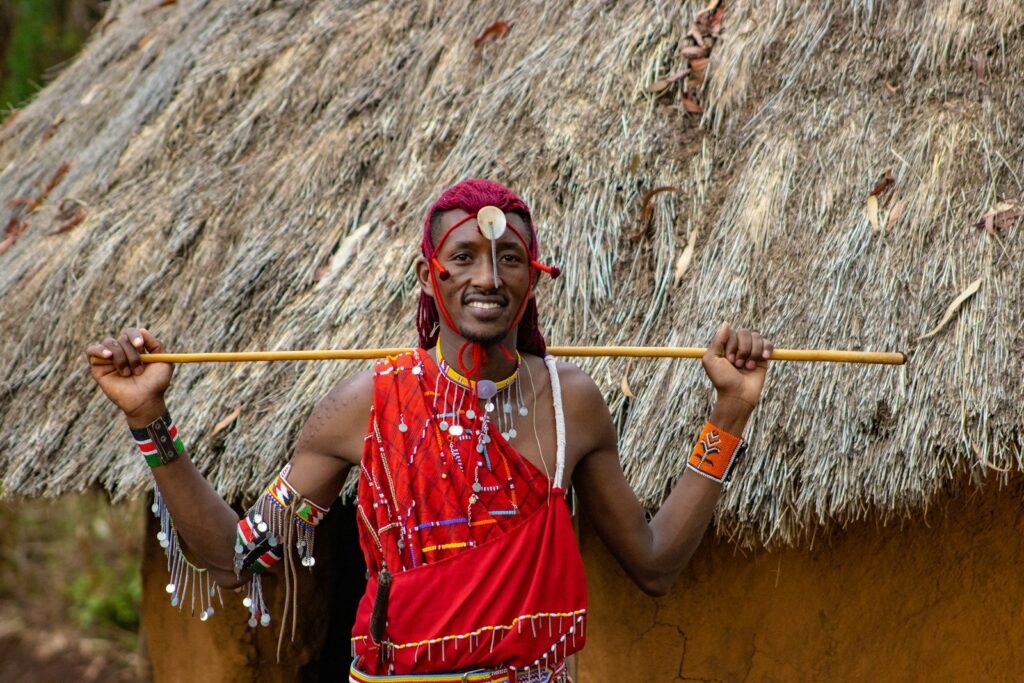
Cultural Encounters: The Maasai and Beyond
The Serengeti region is not only a natural wonder but also a place of cultural significance. The Maasai people, known for their distinctive customs and vibrant dress, have lived in harmony with the land and its wildlife for centuries. The Maasai culture is deeply intertwined with the natural world, and their traditional pastoralist lifestyle revolves around the herding of cattle, which they regard as a symbol of wealth and prosperity.
Visitors to the Serengeti have the opportunity to engage with the Maasai and learn about their unique way of life. Many lodges and camps offer cultural tours to nearby Maasai villages, where guests can witness traditional dances, learn about Maasai craftsmanship, and hear stories passed down through generations. These encounters provide a deeper understanding of the human dimension of the Serengeti and the challenges faced by indigenous communities in preserving their culture and traditions in a rapidly changing world.
In addition to the Maasai, the Serengeti is also home to other ethnic groups, such as the Hadzabe and Datoga. The Hadzabe are one of the last remaining hunter-gatherer communities in Africa, and their way of life offers a glimpse into humanity’s ancient past. Visitors can join Hadzabe guides on a bush walk, learning about their hunting and foraging techniques, as well as their deep knowledge of the natural environment. The Datoga, skilled metalworkers, are known for crafting intricate jewelry and tools, providing insight into the diverse cultural tapestry of the region.
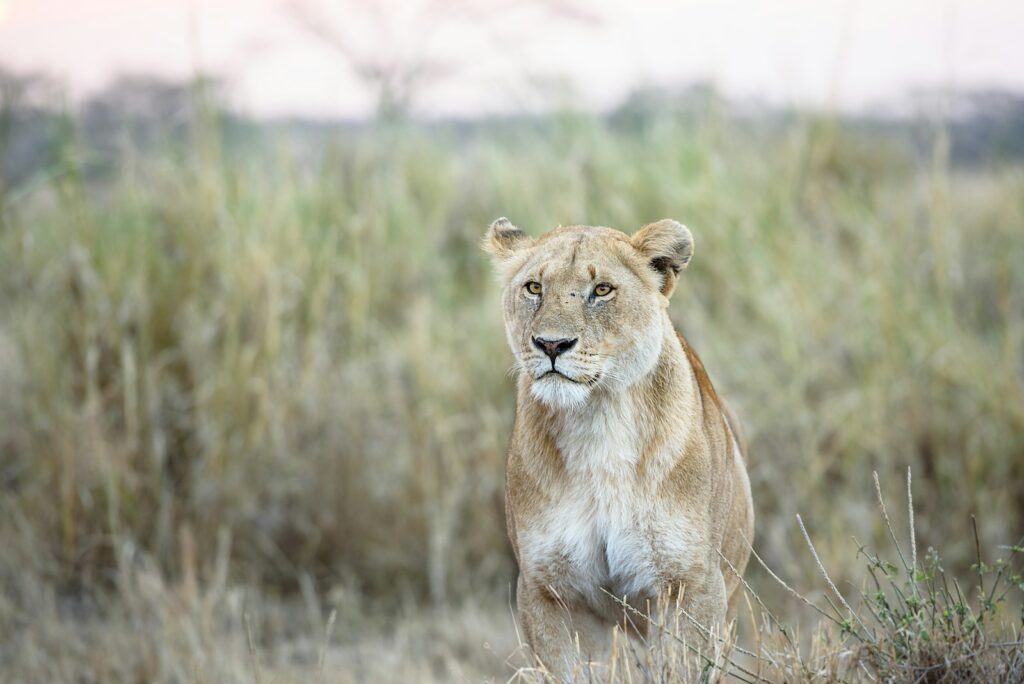
Conservation Challenges and Efforts
The Serengeti’s unparalleled beauty and biodiversity are not without their challenges. The park faces a range of conservation issues, including habitat loss, poaching, and the impacts of climate change. One of the most pressing threats is the proposed construction of roads and infrastructure projects that could disrupt the migration routes of wildlife and fragment critical habitats. Such developments pose a significant risk to the ecological integrity of the Serengeti and could have far-reaching consequences for its wildlife populations.
Efforts to protect the Serengeti are ongoing, with numerous conservation organizations and government agencies working to preserve this natural wonder. Anti-poaching initiatives, such as increased ranger patrols and the use of technology like drones and camera traps, have been implemented to combat illegal hunting. Additionally, community-based conservation programs aim to involve local communities in protecting wildlife by providing economic incentives and education on the importance of conservation.
Tourism also plays a crucial role in conservation efforts. The revenue generated from safari tourism supports the management and protection of the park, as well as providing livelihood opportunities for local communities. Sustainable tourism practices, such as eco-friendly lodges and responsible wildlife viewing guidelines, help minimize the environmental impact of tourism and ensure that future generations can continue to enjoy the Serengeti’s wonders.
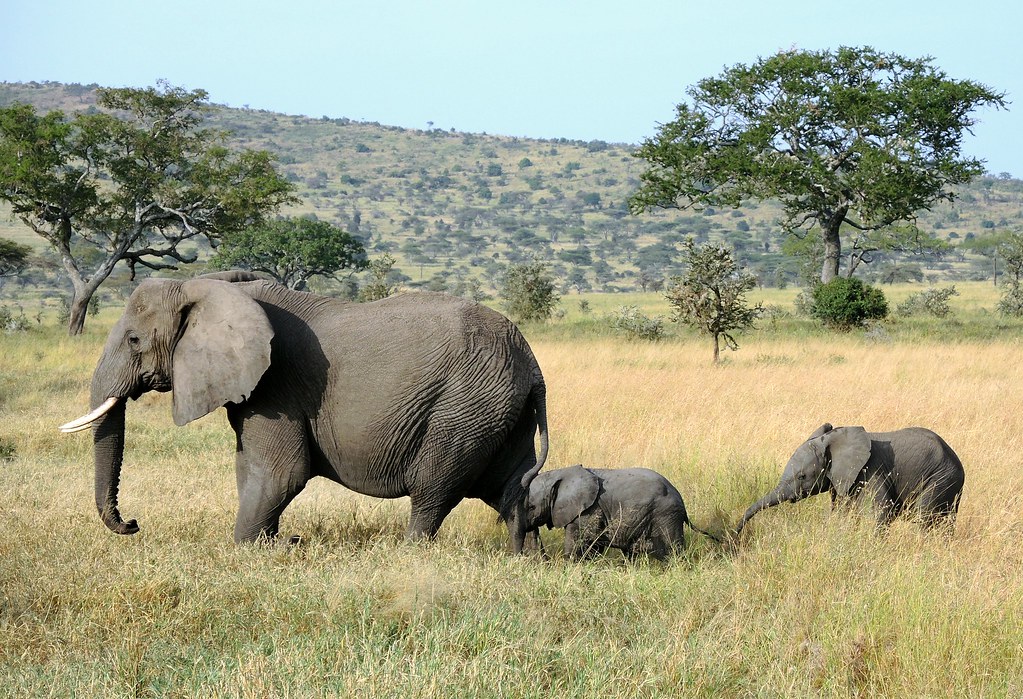
Planning Your Serengeti Adventure
For those inspired to visit the Serengeti, careful planning is essential to make the most of this extraordinary destination. The best time to visit depends on what you hope to see and experience. The dry season, from June to October, is ideal for witnessing the Great Migration and for game viewing, as wildlife congregates around water sources. The wet season, from November to May, brings lush landscapes and an abundance of birdlife, as well as the calving season for wildebeest.
Accommodation options in the Serengeti range from luxury lodges and tented camps to more budget-friendly options, ensuring that there is something for every type of traveler. Many lodges and camps offer guided game drives, walking safaris, and even hot air balloon rides, providing unique perspectives on the park’s landscapes and wildlife.
A visit to the Serengeti is not just a journey into one of the world’s most remarkable natural areas; it is an opportunity to connect with the rhythms of the wild and to witness the raw beauty of nature in its purest form. Whether you’re drawn by the spectacle of the Great Migration, the chance to see the Big Five, or the allure of exploring an iconic African landscape, the Serengeti promises an unforgettable adventure.
Conclusion: The Serengeti’s Timeless Appeal
Serengeti National Park is a place of profound beauty and incredible natural diversity. Its vast plains, diverse ecosystems, and rich wildlife make it a premier destination for anyone seeking to experience the wonders of the African wilderness. From the awe-inspiring spectacle of the Great Migration to the intimate encounters with the Big Five and the cultural insights offered by the Maasai, the Serengeti is a place that captures the imagination and leaves a lasting impression.
As conservation efforts continue to protect this precious ecosystem, it is our collective responsibility to ensure that the Serengeti remains a sanctuary for wildlife and a source of inspiration for future generations. A visit to this iconic park is not
just a travel experience; it is a journey into the heart of nature, a celebration of life in all its forms, and a reminder of the timeless beauty of the natural world.
Recent Posts
